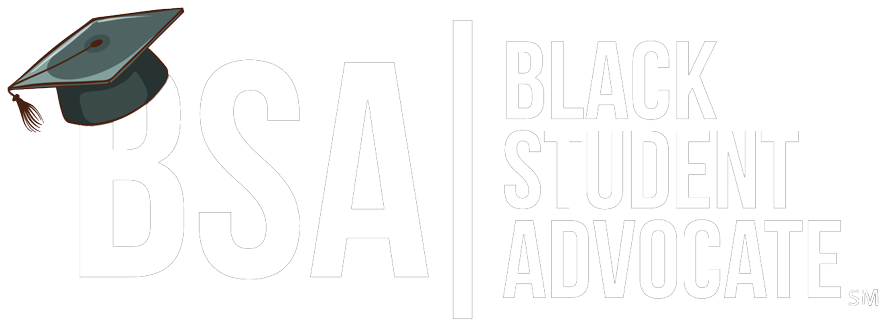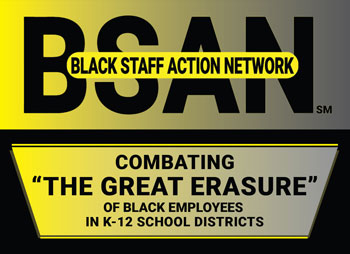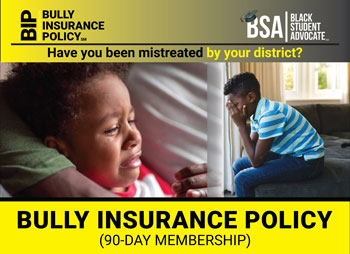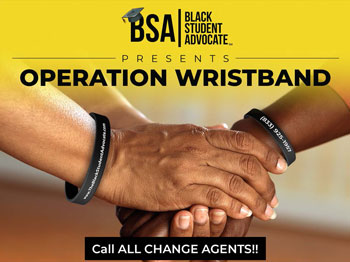In many Black communities across America, the classroom is supposed to be a sanctuary—a space for growth, exploration, and empowerment. But for far too many Black students, school has become a place of fear. Instead of focusing on algebra or literature, many children worry about physical safety, harsh discipline, and racial bias. The issue of violence in Black schools goes beyond hallway fights or metal detectors; it is a systemic crisis rooted in racial inequity, poverty, trauma, and institutional neglect.
This blog explores how we got here, what’s happening on the ground, and—most importantly—how we can collectively transform fear into strength, oppression into advocacy, and silence into empowerment. The Black Student Advocate Network is committed to confronting this issue head-on, advocating for holistic solutions and lifting the voices of the students, parents, educators, and communities most affected.
1. Understanding the Roots: Why Are Black Schools More Violent?
To tackle violence in Black schools, we must first ask: Why are Black students disproportionately exposed to it?
Structural Inequities
Many schools that serve predominantly Black communities are underfunded, understaffed, and overcrowded. These conditions contribute to higher rates of frustration, conflict, and insufficient support. The inequality is not coincidental—it is baked into decades of redlining, school segregation, and resource hoarding.
Over-policing and Zero-Tolerance Policies
Black students are three times more likely to be suspended or expelled than white students. The presence of school resource officers (SROs), metal detectors, and punitive discipline disproportionately affects Black children, often criminalizing their behavior rather than supporting their needs.
A fight between students in a predominantly white suburban school may result in mediation. The same altercation in a predominantly Black urban school could lead to arrests and court appearances. This double standard fuels a school-to-prison pipeline that disproportionately affects Black youth.
Exposure to Community Violence
Schools do not exist in a vacuum. Many Black students live in communities grappling with high rates of poverty, gun violence, and trauma. This exposure increases the likelihood of students bringing their survival instincts into the classroom, where they are often misinterpreted as aggression.
2. The Emotional Cost: Trauma, Fear, and Silence
Violence in Black schools doesn’t just leave physical wounds; it creates deep emotional and psychological scars. The impact of being labeled as “dangerous,” “disruptive,” or “a problem” at an early age can have lifelong consequences.
Toxic Stress and Mental Health
Daily exposure to violence or the threat of it can lead to toxic stress—a biological response that alters brain development and increases risk for anxiety, depression, and learning difficulties. Yet, mental health services are often absent or inadequate in Black schools.
Generational Trauma
Parents of Black students may have experienced similar violence or neglect in their own school years. This can lead to a sense of hopelessness or learned distrust of school systems, making advocacy more difficult.
3. The Role of Schools: Complicity or Catalyst?
While many schools are complicit in perpetuating violence, they also have the potential to be catalysts for healing and empowerment.
Problematic Practices
- Exclusionary discipline (suspensions, expulsions)
- Criminalization of minor infractions
- Neglect of student voices in decision-making
- Failure to address racism and bias among staff
These practices erode trust, increase absenteeism, and decrease academic achievement—all while reinforcing the very systems of violence they claim to prevent.
Opportunities for Change
- Restorative justice programs allow students to resolve conflicts through dialogue, empathy, and accountability.
- Culturally responsive teaching incorporates Black history, art, and lived experiences into the curriculum, validating students’ identities.
- Trauma-informed classrooms equip teachers with strategies to support rather than punish students who are struggling emotionally.
4. Community-Led Solutions: Advocacy from the Ground Up
Real change doesn’t start in the school boardroom—it starts with parents, educators, students, and grassroots advocates demanding justice and equity.
Parent Power
Organizations like The Black Student Advocate Network are equipping parents with tools to fight back—filing complaints, challenging unjust suspensions, and organizing community forums.
- Encourage parents to attend school board meetings
- Offer workshops on students’ rights
- Advocate for Black parent advisory councils
Youth Leadership
When students feel heard, they lead. Youth-led initiatives such as peer mediation programs, peace circles, and social justice clubs foster community and self-advocacy.
Community Wraparound Support
Partnerships with mental health clinics, local nonprofits, and Black-led community centers bring essential services directly into schools—from therapy and mentorship to tutoring and nutrition programs.
5. Policy and Systemic Reform: Beyond the Classroom
While grassroots change is essential, broader policy reform is necessary to dismantle the systems that perpetuate violence in Black schools.
What Needs to Change:
- Reallocation of funds from school police to counselors and social workers
- Mandatory anti-bias training for educators
- Ban on zero-tolerance policies
- State and federal tracking of racial disparities in school discipline
Legislative Examples
- The Ending PUSHOUT Act introduced in Congress seeks to end discriminatory school discipline.
- Some states, like California and Illinois, are experimenting with “community schools” that integrate health and social services into the education system.
Data-Driven Decisions
Any reform effort must be data-driven, with schools required to report racial breakdowns of disciplinary action, arrests, and teacher-student ratios.
6. Building a Culture of Safety, Belonging, and Excellence
Ultimately, the goal is not just to reduce violence—it is to replace it with a culture of safety, belonging, and excellence.
What That Looks Like:
- Schools where Black students see themselves reflected in leadership
- Classrooms that prioritize curiosity over control
- Curriculums that center Black voices and resilience
- Discipline policies rooted in care, not punishment
Role of The Black Student Advocate Network
As a voice for Black families, educators, and students, The Black Student Advocate Network is committed to:
- Holding schools accountable
- Elevating student stories
- Providing advocacy training
- Building coalitions across districts and cities
Through community listening sessions, online resources, and strategic action, we help turn fear into power and reaction into vision.
Conclusion
Addressing violence in Black schools is not just about reforming education—it’s about protecting the futures of millions of Black children. It’s about affirming their right to learn without fear, to speak without punishment, and to be seen without bias.
This issue touches every part of society: families, educators, lawmakers, and community members alike. But if we come together—through advocacy, empathy, and action—we can transform schools from battlegrounds into beacons of hope.
At The Black Student Advocate Network, we believe this transformation is not only possible—it is necessary. It begins with listening, continues with action, and succeeds with unity.
Let’s move forward—not just to fight the violence—but to build something stronger in its place.







Share This Page